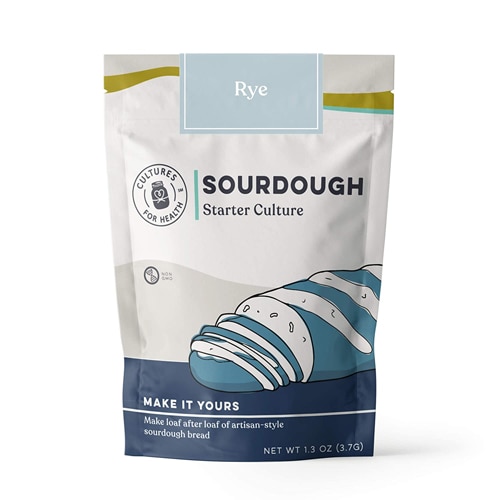OK, so the word "fermented" doesn't exactly sound appetizing. But chances are, you've consumed (and enjoyed!) at least one fermented product in your lifetime. Read on to find out more about fermented foods, the benefits they provide and how you can easily start making your own at home.
What are fermented foods?
Although not as common today, fermented (or cultured) foods have been around for thousands of years. Before the advent of refrigeration, fermentation was a popular practice because it helped extend the shelf life of foods that would typically spoil quickly. The process of fermentation involves the use of microorganisms (bacteria or yeast cultures) to preserve or produce a food (or drink) product. Fermented products you've likely encountered include yogurt, kefir, sauerkraut, sourdough, cheese, beer and wine.
Why are fermented foods good for me?
Foods fermented with bacteria, such as yogurt, kefir, kombucha and sauerkraut, are especially beneficial because they offer an excellent source of enzymes and probiotics (friendly microorganisms), which can support healthy digestion and immune function. Fermentation can also enrich the nutrient content of foods and help your body properly absorb beneficial nutrient compounds.*
How can I make my own fermented foods?
It's easier than you think to ferment your own foods. Cultures for Health offers DIY kits that anyone can do. Plus, the possibilities are beyond what you ever realized. Hungry for a sandwich? Make one with your own sourdough bread. Need a topping for Greek salad? Cultured feta cheese, coming right up! The Cultures for Health starter kits are a fool-proof way to help speed up the fermentation process. But if you're interested in going the longer route, this recipe for homemade sauerkraut is for you:
You'll need:
- 1 gallon ceramic or food-grade plastic container
- Mixing bowl
- 2 medium-sized heads of cabbage
- 2 Tbsp. sea salt
Directions:
- Place cabbage in bowl, add salt and toss together.
- Squeeze and knead cabbage to release its natural juices.
- Transfer cabbage and juice to large container and pack it in very tightly (use a spoon or chopstick to push the cabbage down and release any air bubbles). Make sure the cabbage is completely submerged in liquid and stays that way!
- Cover loosely and let it sit at room temperature for several days (spoon any icky stuff off the top).
- Place in the fridge to stop the fermentation process -- then enjoy!




